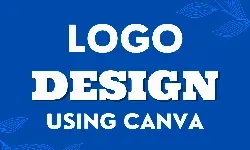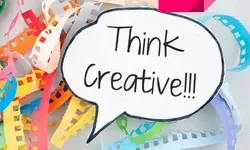
Build Wireframes and Low-Fidelity Prototypes

This course is part of a certificate program that provides the skills necessary to pursue entry-level UX design jobs. Students will learn to create storyboards, paper wireframes, digital wireframes, paper prototypes, and digital low-fidelity prototypes using Figma. By the end of the course, they will have a professional UX portfolio.▼
Course Feature
![]() Cost:
Cost:
Free
![]() Provider:
Provider:
Coursera
![]() Certificate:
Certificate:
Paid Certification
![]() Language:
Language:
English
![]() Start Date:
Start Date:
29th May, 2023
Course Overview
❗The content presented here is sourced directly from Coursera platform. For comprehensive course details, including enrollment information, simply click on the 'Go to class' link on our website.
Updated in [February 21st, 2023]
What skills and knowledge will you acquire during this course?
This course will equip learners with a variety of skills and knowledge, such as developing a goal statement, creating storyboards, understanding the difference between low-fidelity and high-fidelity design, applying the basics of drawing, applying the principles of information architecture, creating paper and digital wireframes, building a paper prototype, designing a low-fidelity prototype, recognizing implicit bias and deceptive patterns in design, and continuing to design a mobile app for their professional portfolio. Additionally, learners will gain an understanding of user research and how to use it to inform the creation of empathy maps, personas, user stories, user journey maps, problem statements, and value propositions. These skills and knowledge will enable learners to apply for entry-level jobs in UX design.
How does this course contribute to professional growth?
This course provides learners with the skills and knowledge necessary to pursue a career in UX design. It covers a variety of topics, such as developing a goal statement, creating storyboards, understanding the difference between low-fidelity and high-fidelity design, applying the basics of drawing, applying the principles of information architecture, creating paper and digital wireframes, building a paper prototype, designing a low-fidelity prototype, recognizing implicit bias and deceptive patterns in design, and continuing to design a mobile app for their professional portfolio. Additionally, learners will gain an understanding of user research and how to use it to inform the creation of empathy maps, personas, user stories, user journey maps, problem statements, and value propositions. By completing this course, learners will be able to apply for entry-level jobs in UX design, thus contributing to their professional growth.
Is this course suitable for preparing further education?
This course is suitable for preparing further education as it provides learners with a variety of skills related to UX design. Learners will gain an understanding of user research, drawing, information architecture, wireframes, and low-fidelity prototypes. Additionally, they will learn how to create empathy maps, personas, user stories, user journey maps, problem statements, and value propositions. These skills are essential for entry-level jobs in UX design and will help learners prepare for further education in the field.
Pros & Cons
-

Interesting topics covered.
-

Transition from theory to design process.
-

Fun and involved course.
-

Little elaboration on IA and inclusive design.
-

Poor feedback from peers.
-

Lack of adequate tutorial for Figma.
Course Provider






